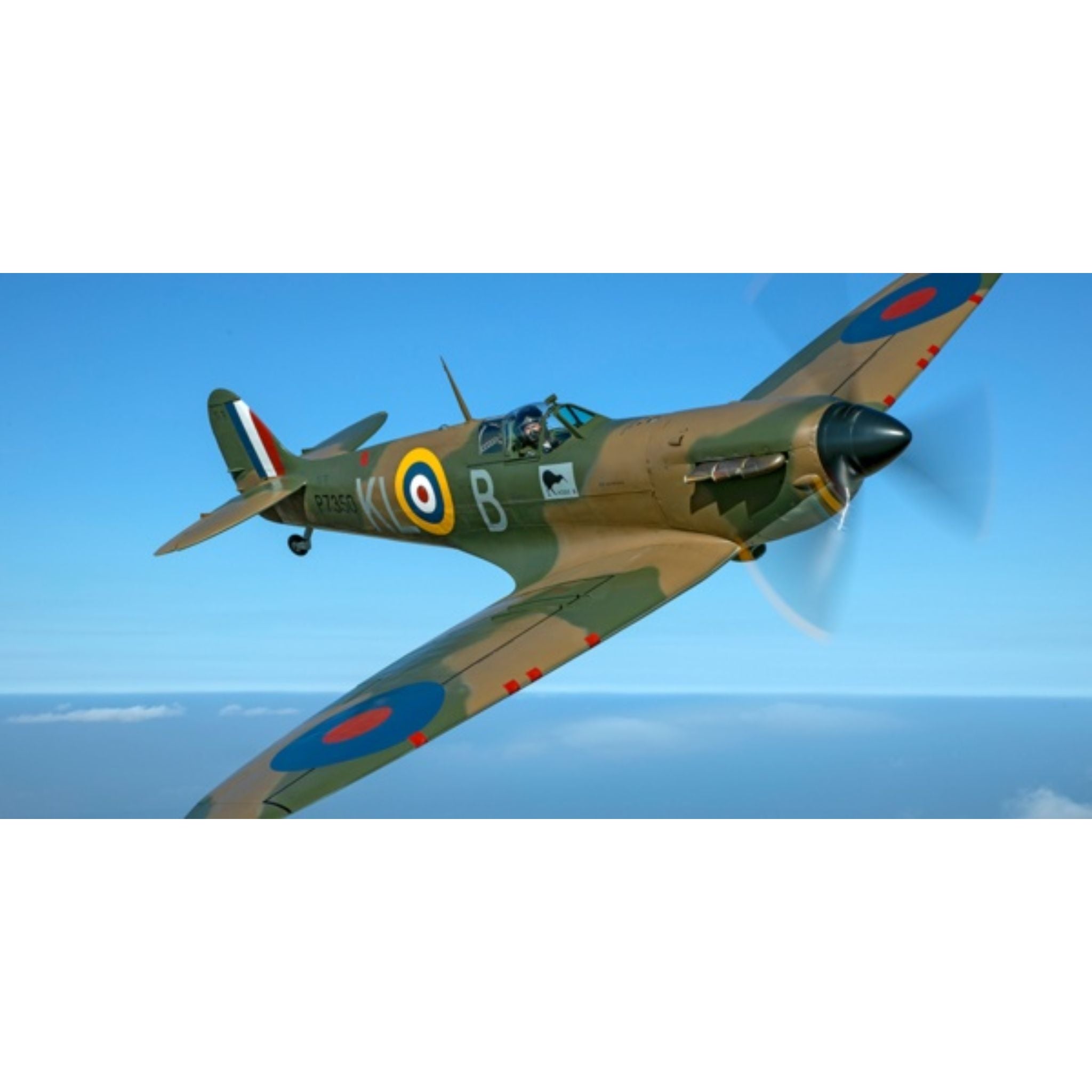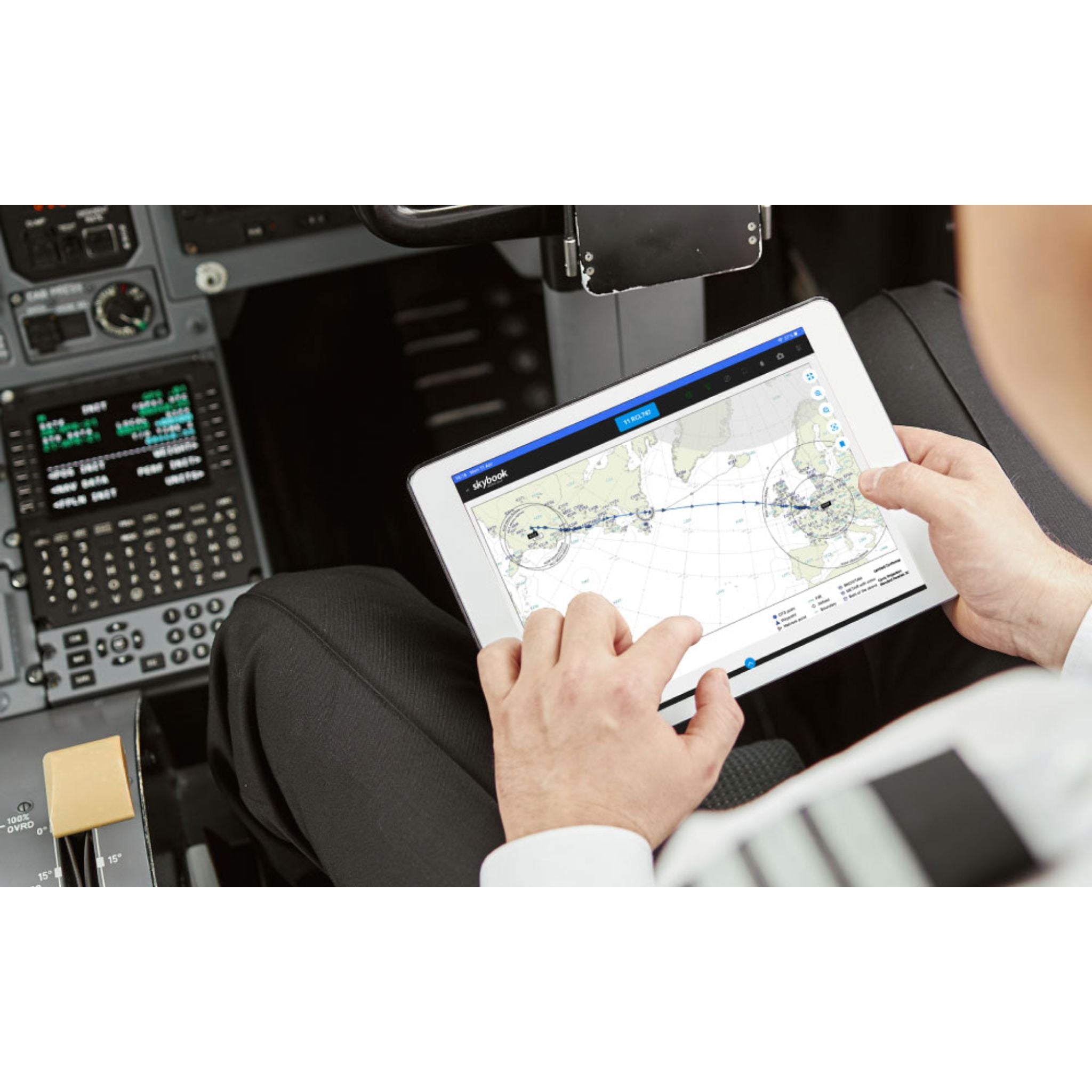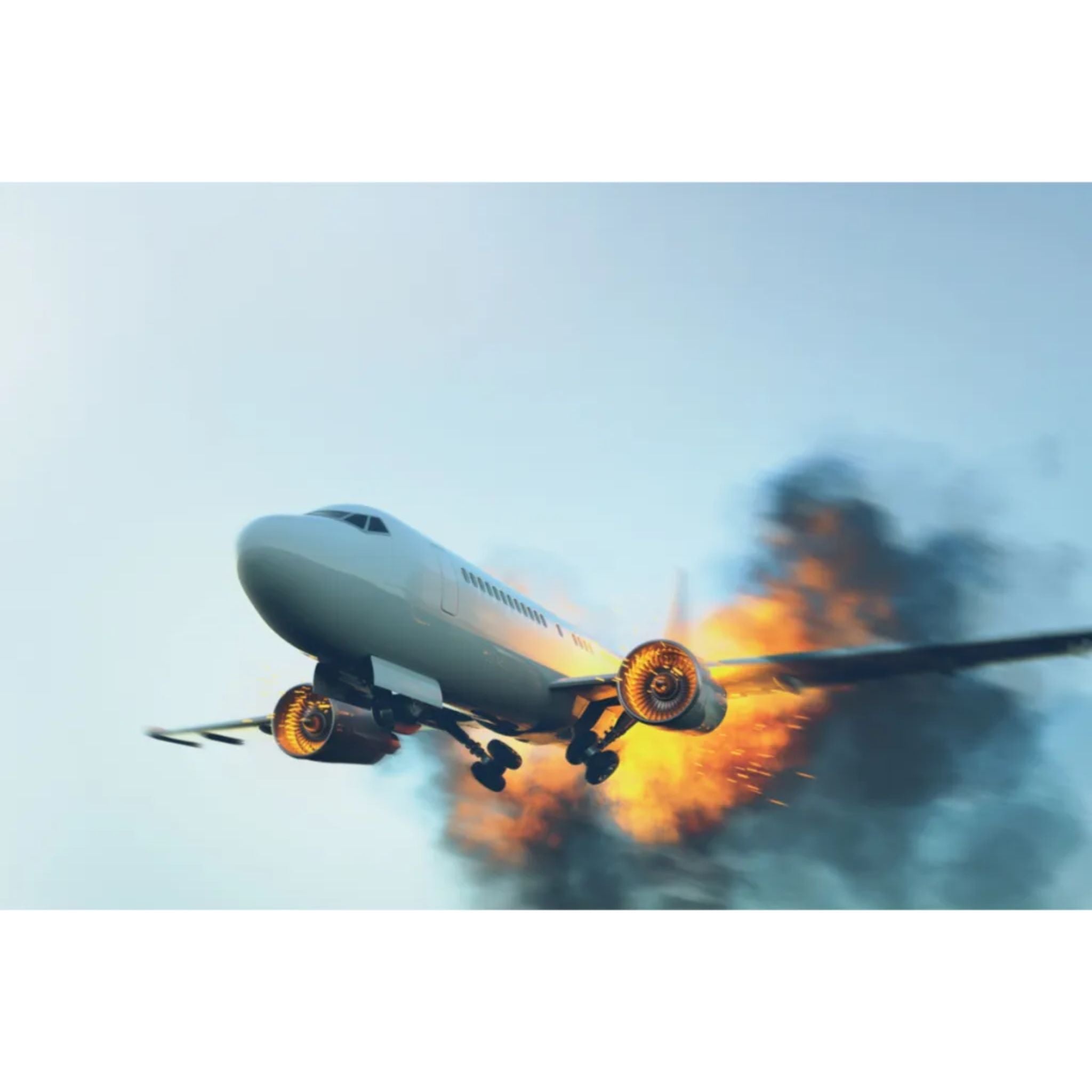
Why the Spitfire Was So Special: The Story Behind Britain’s Legendary Fighter Plane
Few aircraft have captured the British imagination quite like the Supermarine Spitfire. Elegant yet deadly, it became a symbol of courage and craftsmanship during one of the darkest chapters in our history. Nearly 90 years after its first flight, the Spitfire remains not only a triumph of engineering but also an enduring emblem of British spirit.
The Birth of a Legend
The Spitfire’s story began long before the Battle of Britain. Its designer, R.J. Mitchell, was already well-known for creating record-breaking racing seaplanes in the 1920s and early 1930s. Those sleek Supermarine racers, built for the Schneider Trophy, taught Mitchell how to blend speed, strength, and beauty into one machine. When the Air Ministry called for a new high-performance fighter, he already had the blueprint in his mind.
Mitchell’s vision was simple: a fast, agile aircraft that felt like an extension of the pilot. Early prototypes astonished test pilots and officials alike, setting the stage for what would become one of the most famous aeroplanes ever built.
The Design That Changed Everything
What made the Spitfire so different from anything else in the sky was its shape. The elliptical wings weren’t just for looks—they reduced drag, improved lift, and gave the aircraft remarkable agility. It was one of the few fighters that could turn as tightly as it did without losing control or speed.
At its heart was the Rolls-Royce Merlin engine, a masterpiece of British engineering. It gave the Spitfire the perfect mix of power and reliability, producing that unmistakable growl still recognised at airshows today. Combined with its all-metal frame and lightweight structure, the Spitfire felt almost alive in the hands of a capable pilot.
The Battle of Britain
By the summer of 1940, the Spitfire had become Britain’s main line of defence. Alongside the more numerous Hawker Hurricanes, it fought day after day against the Luftwaffe in what would become known as the Battle of Britain. Pilots often spoke of how responsive and forgiving the Spitfire felt, giving them confidence even in the chaos of dogfights above southern England.
It wasn’t the only fighter in the battle, but it was the one everyone remembered. The sight of its distinctive silhouette and the sound of those Merlins echoing overhead became symbols of hope. When Churchill later said, “Never in the field of human conflict was so much owed by so many to so few,” he was talking about the young men who flew Spitfires and Hurricanes to defend their country.
Evolving Through War
The Spitfire’s genius was that it could evolve. From the early Mk I to the later Griffon-engined variants, each new version brought more speed, more firepower, and better performance. It served not only as a fighter but also as a photo-reconnaissance aircraft and even a carrier-based version known as the Seafire.
During the war, thousands were built across Britain, often in small workshops and hidden factories to avoid enemy bombing. Each airframe carried with it the effort of countless men and women on the home front, working tirelessly to keep the RAF in the air.
The Sound of Freedom
Ask anyone who’s heard a Spitfire fly today and they’ll tell you—it’s not just noise, it’s music. The deep, throaty roar of the Merlin engine seems to stir something deep within you. It’s the sound of defiance, of pride, of a nation that refused to give in.
The Spitfire’s legacy lives on in the Battle of Britain Memorial Flight, where beautifully restored aircraft still take to the skies at airshows around the UK. Seeing one in flight feels less like watching a machine and more like meeting a piece of living history.
More Than an Aeroplane
The Spitfire wasn’t designed to be beautiful, but it is. It wasn’t built for fame, but it earned it. It represents ingenuity under pressure and bravery beyond measure. Its smooth lines and perfect proportions remind us that engineering can be as much an art form as it is a science.
Today, the Spitfire stands as a bridge between past and present. It reminds us what determination and unity can achieve, even in the hardest of times. And when one arcs across a summer sky, glinting in the sunlight, it still manages to make everyone stop, look up, and smile.



Leave a comment
This site is protected by hCaptcha and the hCaptcha Privacy Policy and Terms of Service apply.